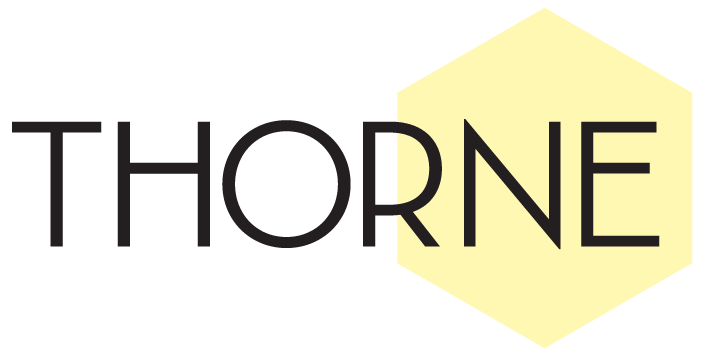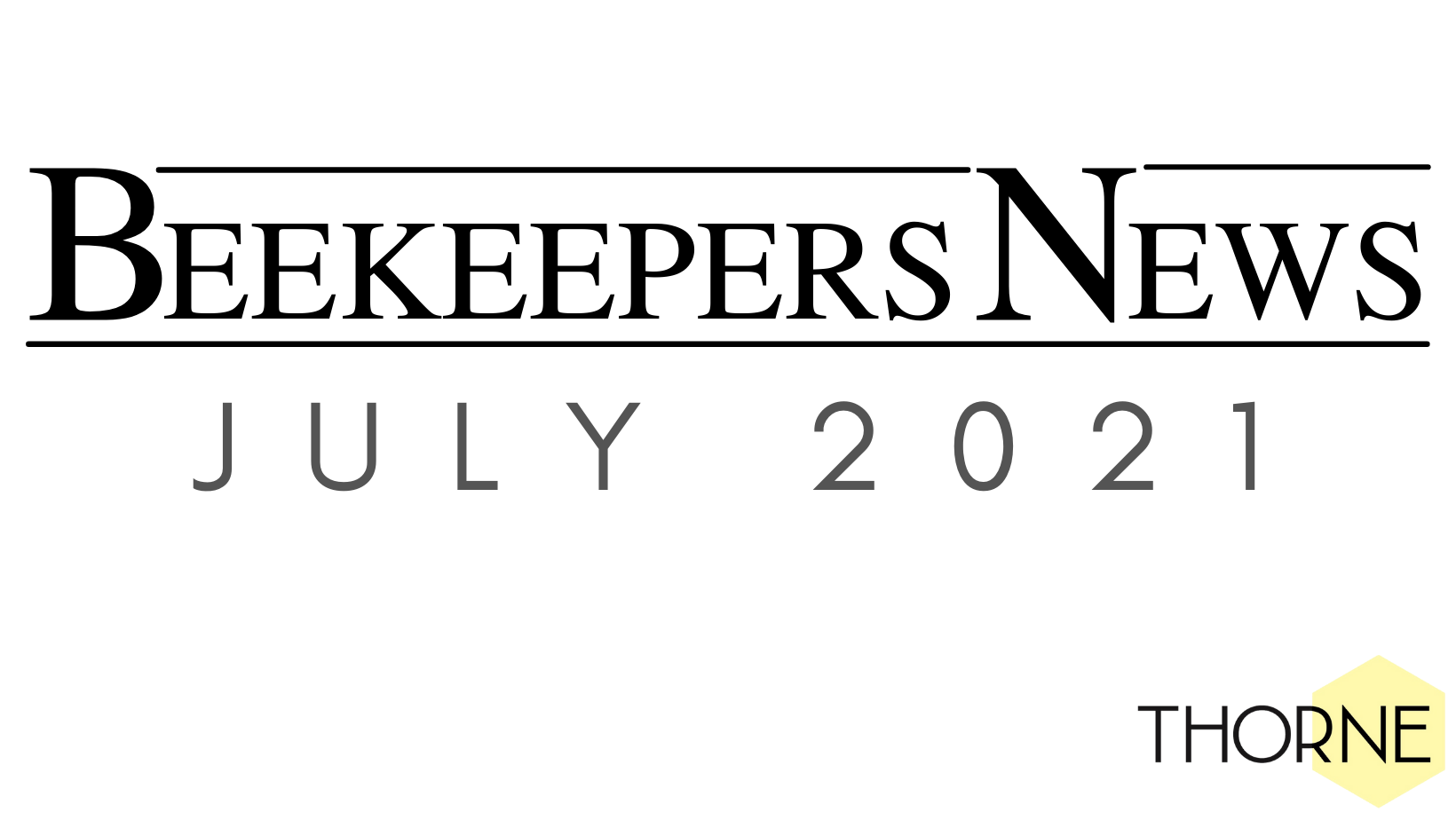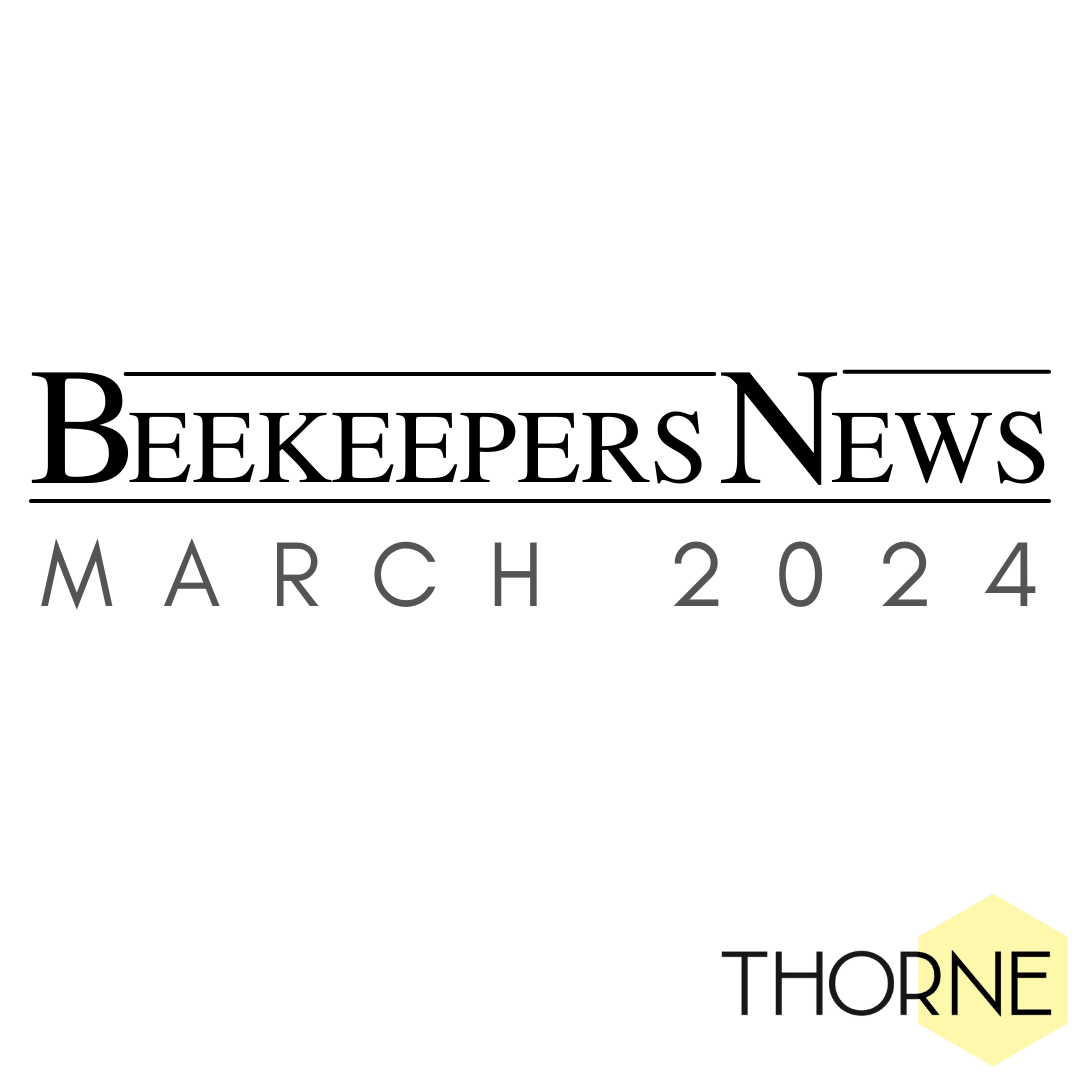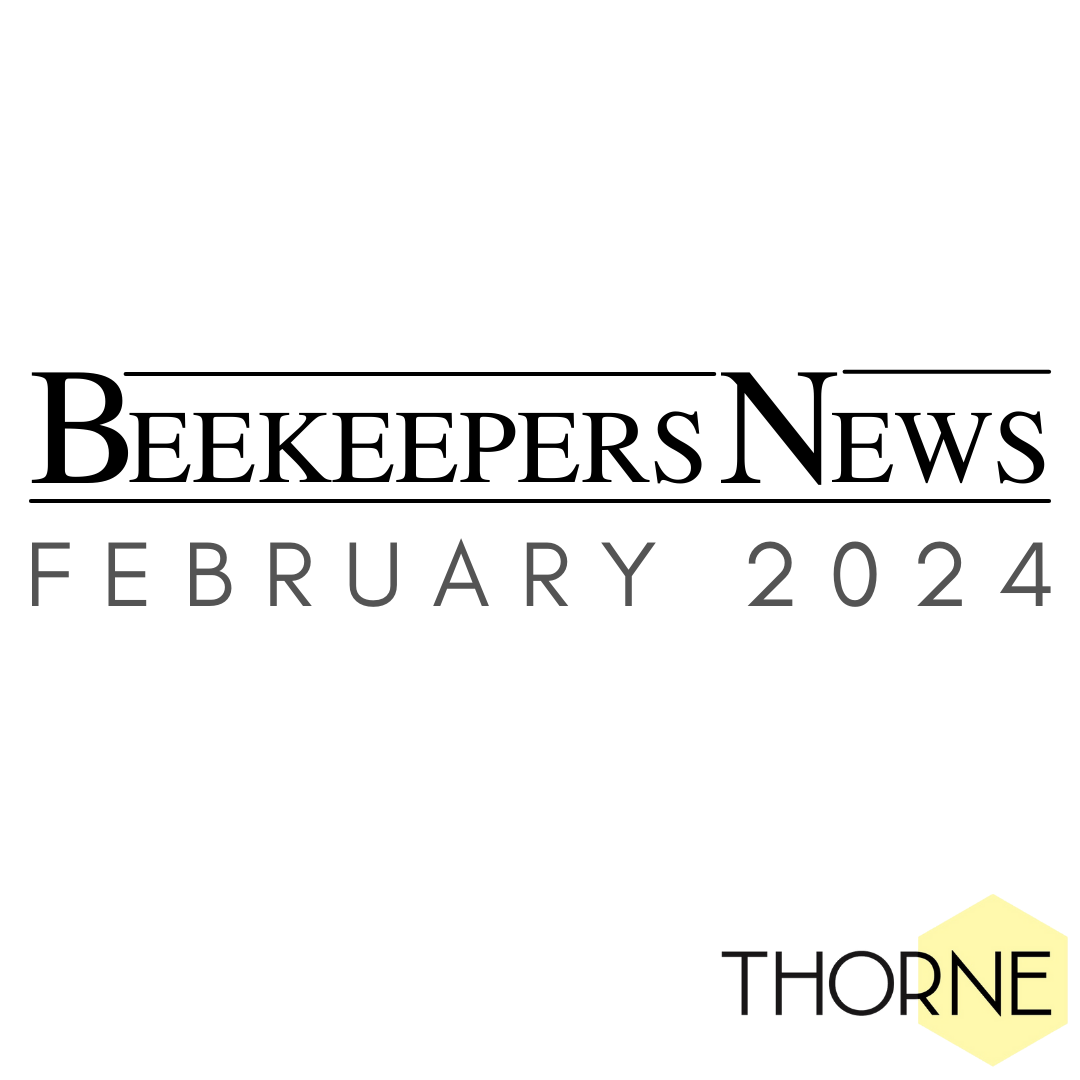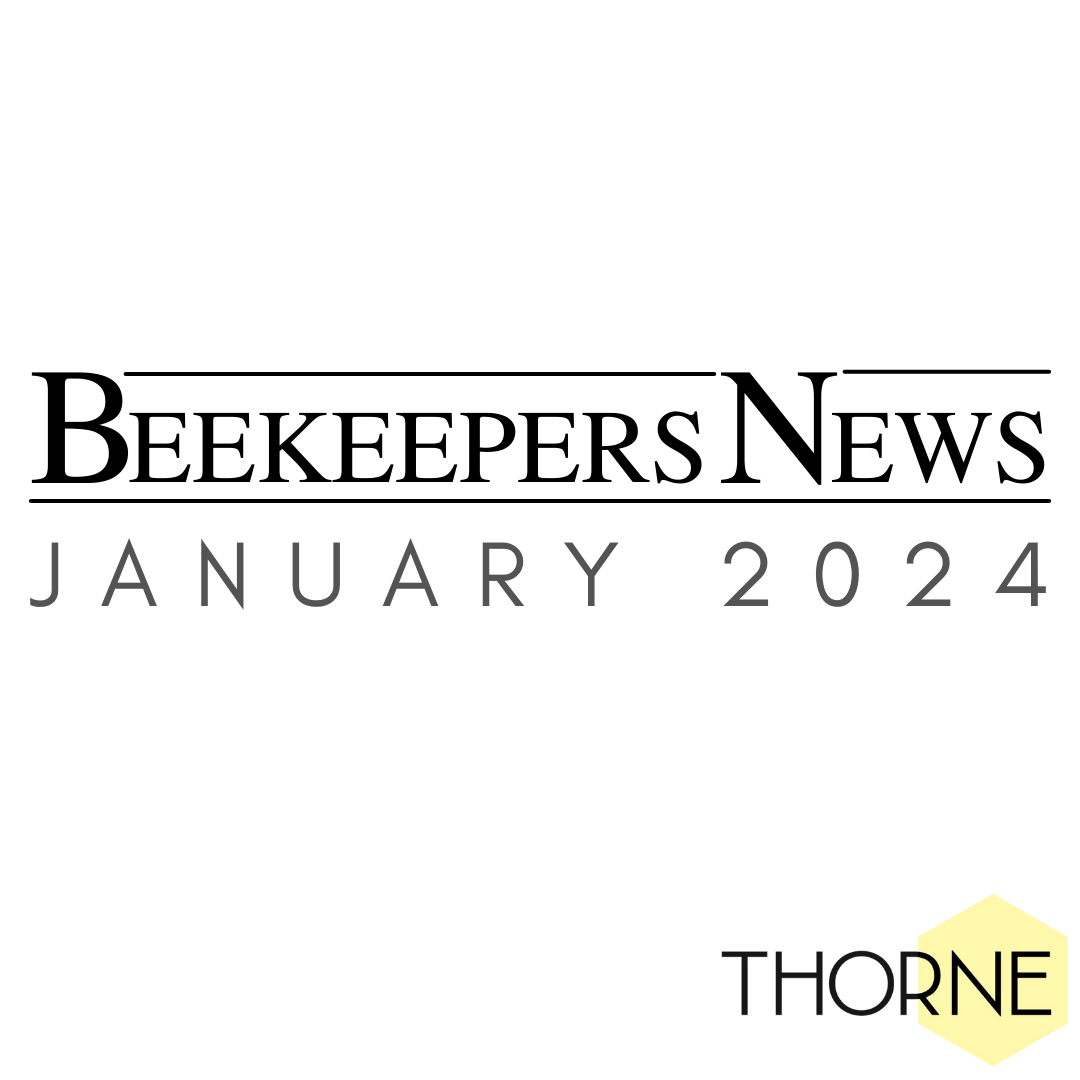As mentioned in last month’s newsletter, we launched a giveaway of 20 beehives to mental health charities and organisations. We have had an amazing response to this and the decision was a tough one! The lucky organisations, that have now received their hives, are; Bee1 (Swansea), Beyond Boundaries (Whitby), Bridewell Gardens (Oxfordshire), Crossways Community (Tunbridge Wells), Dying Matters (Essex), Green & Bee (Aberdeen), Green Light Trust (Bury St Edmunds), Growing Space (Cwmbran), Hive Helpers (Windsor), Icarus (Dumfries), Mrs Burney’s Bee Club (Croydon), Muddy Fork (Retford), Pengam Hives (Cardiff), Priory Highbank (Bury), Pure Buzzin (North Shields), RT Projects (Durham), Sorted Project (Edinburgh), The Askefield Project (Boston), The Honeybee Project (Salisbury) and Willow Dene (Plumstead). We cannot wait to hear how these hives help these amazing groups going forward and will keep you all in the loop too!
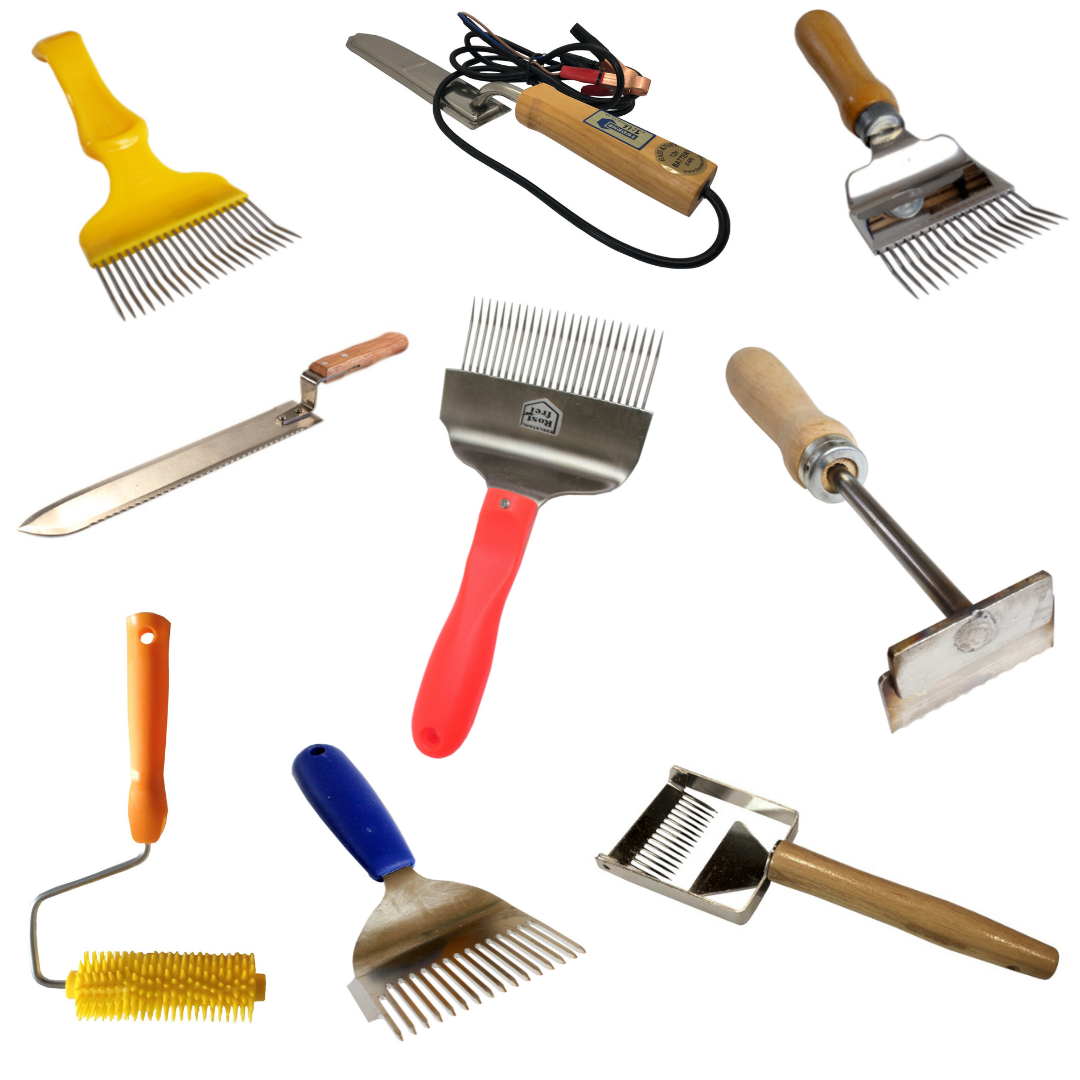 This Month’s Special Offers
This Month’s Special Offers
Uncapping Tools
Honey harvesting seems to be in full swing, and to help you along, we are offering 15% off a selection of uncapping tools. The offer will include uncapping knives, forks, and rollers.
Shop them here at www.thorne.co.uk/uncappingtools
Equipment Focus
Uncapping
We offer a variety of products that will help you when it comes to uncapping, whatever your needs. These vary from hobbyist beekeepers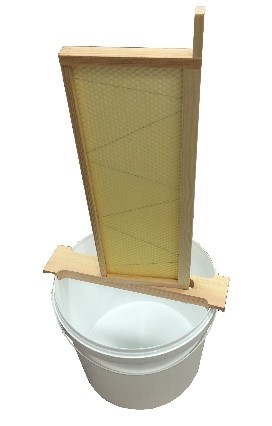 to large scale honey producers. Here is the rundown of all our manual uncapping options…
to large scale honey producers. Here is the rundown of all our manual uncapping options…
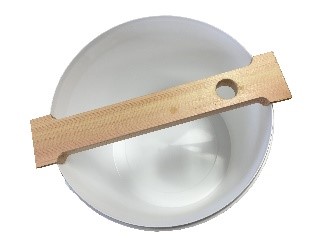 Firstly, we have the nifty Bucket Bar – this is perfect for a beekeeper with a small number of hives. Simply place over a 30lb bucket and place the end of the top bar into the hole. Hold the top of the frame whilst using an uncapping knife to uncap! The cappings fall into the bucket, and then these can be slowly warmed to allow the wax and honey to separate. The Bucket Bar costs £2.70.
Firstly, we have the nifty Bucket Bar – this is perfect for a beekeeper with a small number of hives. Simply place over a 30lb bucket and place the end of the top bar into the hole. Hold the top of the frame whilst using an uncapping knife to uncap! The cappings fall into the bucket, and then these can be slowly warmed to allow the wax and honey to separate. The Bucket Bar costs £2.70.
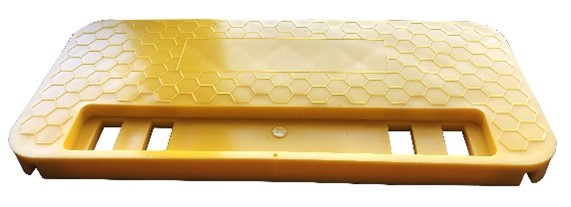 Another piece, with a similar usage to the Bucket Bar, is the Uncapping Ledge. This time made from plastic, again it sits on the rim of the bucket, and you can place the end of the top bar into one of the four holes and uncap directly into the bucket.
Another piece, with a similar usage to the Bucket Bar, is the Uncapping Ledge. This time made from plastic, again it sits on the rim of the bucket, and you can place the end of the top bar into one of the four holes and uncap directly into the bucket.
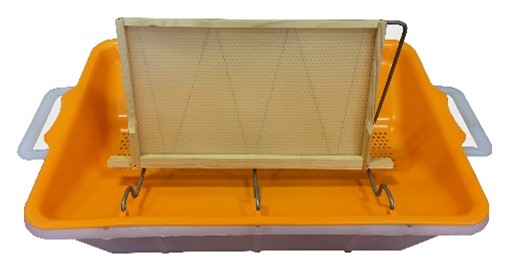
Next, we have the Compact Uncapping Tray – these are priced at £45 without a valve, and £60 with the 1.5” nylon valve included. This product holds two frames and has a separate bottom tray.
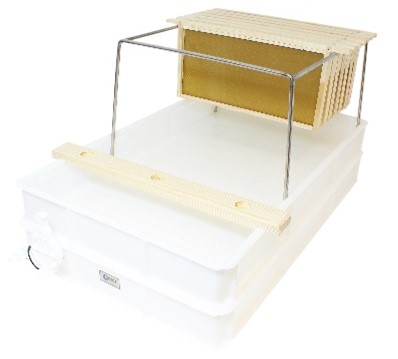 The Cold Uncapping Tray & Frame Holder is a large capacity unheated double tray in high density polyethylene with a 1.5” nylon valve fitted to the lower unit. The top tray has 4mm perforations for rapid draining of cappings. The stainless-steel frame holder takes approximately 13 British Standard Frames across the tray or 10 Langstroth/MD down the tray prior to extracting. When the holder is in use there is still ample room to uncap using the wooden bar supplied. We have found this indispensable in our own uncapping. Each tray is 30" long x 18" wide and 3.5" deep and costs £140.
The Cold Uncapping Tray & Frame Holder is a large capacity unheated double tray in high density polyethylene with a 1.5” nylon valve fitted to the lower unit. The top tray has 4mm perforations for rapid draining of cappings. The stainless-steel frame holder takes approximately 13 British Standard Frames across the tray or 10 Langstroth/MD down the tray prior to extracting. When the holder is in use there is still ample room to uncap using the wooden bar supplied. We have found this indispensable in our own uncapping. Each tray is 30" long x 18" wide and 3.5" deep and costs £140.
Our standard electric uncapping tray is a water-jacketed tank which quickly melts the honey and cappings. The wax and honey mixture runs down the sloping box, through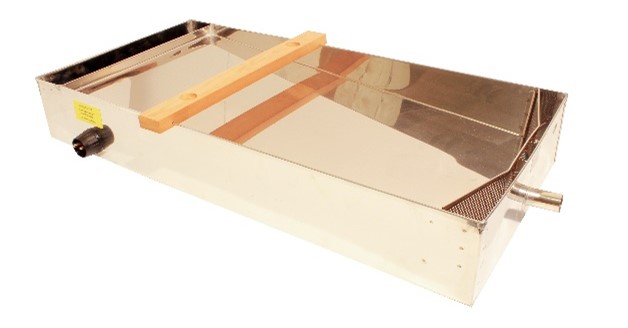 the filter, out of the spout into a suitable receptacle. It comes complete with a 1260W thermal cut-out heating element and fused plug and flex. Make sure you do not leave unattended! They measure 33" x 16" x 5" and cost £325.
the filter, out of the spout into a suitable receptacle. It comes complete with a 1260W thermal cut-out heating element and fused plug and flex. Make sure you do not leave unattended! They measure 33" x 16" x 5" and cost £325.
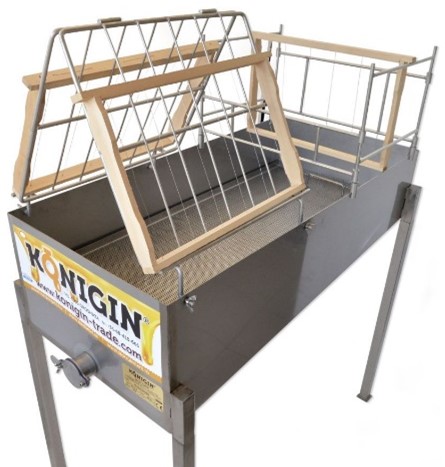
Moving onto the much larger scale products, this Konigin Uncapping Tank comes with a sloping base, stainless steel drain valve, frame rest, heavy-duty stainless-steel grid and cover, and a 4 year guarantee! This has two stations to work from, and a huge tank to collect all the cappings. Altogether it measures 960mm x 440mm x 1260mm and costs £500.
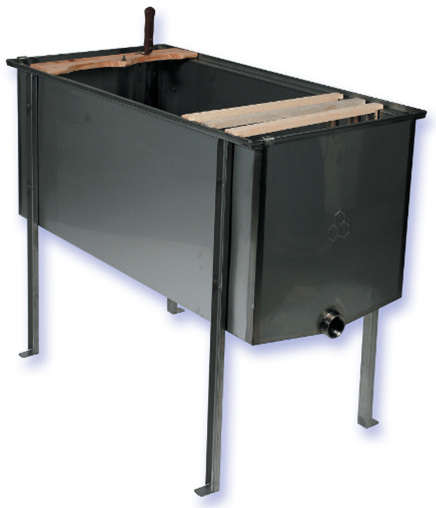
Lastly, we have the impressive looking Thomas Uncapping Tank. This is a large stainless-steel tank made by Thomas Apiculture from France, mounted on legs. Complete with draining grid for uncapping and nylon honey valve. An adjustable support bar means it will hold all sizes of frame. The whole piece measures 820mm high, 1050mm long and 480mm wide and costs £1,200.
Happy uncapping!
Ask the Expert
Moving hives
At some point in your beekeeping career, you may need to move your hives to another place more than a few feet away. This could be for several reasons including increasing the size of another apiary, maybe you are moving house, or maybe your neighbours have complained about your bees!
Whatever the reason, moving bees can be a daunting task so here we have tried to set out a few guidelines that will hopefully help you to have a smooth transition:
1. Figure out what equipment you will need
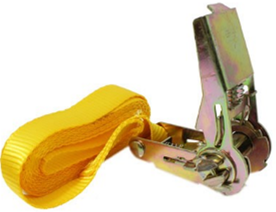 You will need straps; ratchet straps are the best for wooden hives, but perhaps overkill for polyhives or nucs as they can cut into the polystyrene. For polystyrene equipment standard straps that keep the roof and floor on should be sufficient. Straps keep your hive parts
You will need straps; ratchet straps are the best for wooden hives, but perhaps overkill for polyhives or nucs as they can cut into the polystyrene. For polystyrene equipment standard straps that keep the roof and floor on should be sufficient. Straps keep your hive parts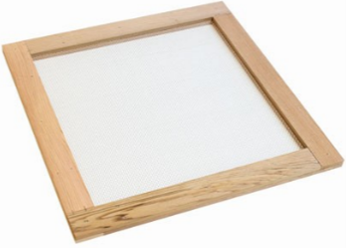 tight together, hopefully! You will need a travelling screen or two per hive, to provide the bees with ventilation and something to bung up the entrance. Foam entrance closures are great as they allow air to enter the hive, just make sure they are securely in place. You will also need to remember to take with you any stands, floors and roofs that aren’t strapped together so that when you get to your new destination, you can rebuild the hive.
tight together, hopefully! You will need a travelling screen or two per hive, to provide the bees with ventilation and something to bung up the entrance. Foam entrance closures are great as they allow air to enter the hive, just make sure they are securely in place. You will also need to remember to take with you any stands, floors and roofs that aren’t strapped together so that when you get to your new destination, you can rebuild the hive.

2. Figure out what you are strapping up
You will need to prepare the colony to be moved. This means putting on the travelling screens in preparation, removing supers if you don’t want to transport them with the brood box/es etc. If you intend to remove supers, you will have to do this before you want to shut the bees up as it could cause disruption to the colony but you also have to determine whether the bees will be ok to travel in a reduced space. If there is room in your vehicle and if you can carry it, strapping everything up together (floor/travelling screen, brood box, supers, and then either a crownboard or another traveling screen) is probably the easiest option. Roofs usually travel separately to the bees.
3. Shut them up the night before
The best way to move hives is to shut the bees up and prepare the hive for transportation the night before you intend to move them. Then, travel with them in the early morning or overnight so that you can arrive at your destination, get them set up and let them fly without having had them shut up in the hive for too much longer than they are comfortable with. Keeping them shut up too long can cause them to become irritated, stressed and if it gets too hot in there, they could die. This is another reason to move them early morning or overnight. It also means that they are not missing out on any potential foraging time.
4. How are you transporting the hive/s?
If you are putting the colony in your car you will absolutely need to make sure that everything is strapped together firmly, that the entrance in 100% closed off but that the bees have enough ventilation. In this case, a travelling screen top and bottom is recommended for air flow. Make sure you keep a veil in the car – it can be very dangerous if your bees start escaping whilst you are driving. If you have a trailer for example where the bees will be getting plenty of air, one travelling screen may be enough, but of course make sure that they cannot be rained on! The hives will need to be secured down and you should be careful going over bumps on the road such as railway lines.
5. When you get to your destination
Set up where the bees are going to go as soon as you can. Do not leave the bees with no ventilation in a hot car! Place the stand and floor where you intend to put the hive and with a helping hand (hopefully) place the hive with the bees in onto the floor. Unlock the strap and then with one person lifting the hive, the other quickly whips out the travelling screen and strap. Remember to do this with a veil on as the bees might come pouring out, depending on how long they have been shut up and they may not be too happy! The hive now just needs the crownboard replacing if a travelling screen was used and the roof putting on top.
The main thing to remember is to try and keep the bees happy –travel when it is cool, keep them ventilated and try to open them back up as soon as possible.
Good luck!
Blog
June
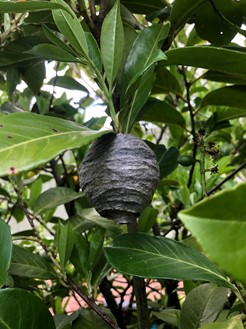 After last month’s unpredictable weather, June has been ever so slightly less frantic! Bees seem to be building up well in their hives, with lots of brood and stores. They have finally been able to make use of the oil seed rape that flowered around here this month and that has really helped give them a boost after the horrible May we had.
After last month’s unpredictable weather, June has been ever so slightly less frantic! Bees seem to be building up well in their hives, with lots of brood and stores. They have finally been able to make use of the oil seed rape that flowered around here this month and that has really helped give them a boost after the horrible May we had.
We have continued to take off nucs this month, mostly British Standard (for National or WBC hives) but also Langstroth and 14 x 12 nucs. We are just about coming to the end of the nuc season, sending out the last few before calling it a day for this year.
This year has been a challenging season for beekeeping as the weather has meant it has been condensed into a few short weeks. Because of this, swarming has been one of the biggest challenges – it didn’t seem to matter what we did, the bees still swarmed!
As happens every year, we have already seen a few wasps hanging around and these can be seriously detrimental to colonies, especially small or weak ones. You can see here we found a little nest starting up in the laurel hedge that lines our apiary down at the lakes. It is important to remember that wasps also play an integral role in our pollination and ecosystem so we don’t want to kill them, but we will need to make sure that the bees are the strongest they can possibly be so that they are able to defend themselves. We will help them out by narrowing the entrance to the hive as well.
In the next few weeks, we will have to start looking forward to putting the bees to bed for the winter! As far off as that sounds, it is important to plan ahead and ensure the bees are in the best condition to go through the winter as they can be. This will mean making sure everything is queen-right, uniting any that are weak and making sure they have had their varroa treatment.
Book review
Honey Bee Alchemy
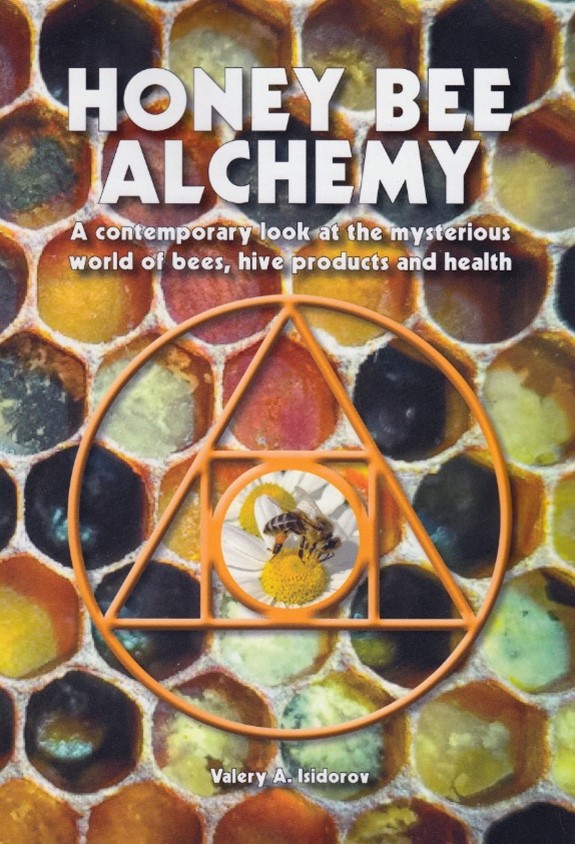 A contemporary look at the mysterious world of bees, hive products and health. By Valery A. Isidorov. Jointly published by The International Bee Research Association (www.IBRA.org.uk), and Northern Bee Books (www.northernbeebooks.co.uk. ISBN 978-1-913811-02-0. 6.5” x 9.5”. Soft cover, 273 pages. Limited colour throughout. £39.50.
A contemporary look at the mysterious world of bees, hive products and health. By Valery A. Isidorov. Jointly published by The International Bee Research Association (www.IBRA.org.uk), and Northern Bee Books (www.northernbeebooks.co.uk. ISBN 978-1-913811-02-0. 6.5” x 9.5”. Soft cover, 273 pages. Limited colour throughout. £39.50.
This book was originally published in 2013 in Poland. It has been translated to English and extensively updated for this new release by Professor Isisorov, who studies the chemistry of natural products, and runs a laboratory at the Institute of Forest Sciences of the Bialystok Technical University.
This is a chemist’s study of the chemistry of honey bees, the products they produce, the diseases they encounter in life and the chemistry of those diseases, and predators they are subject to and the chemistry of their resistances to those predators. This work is amazingly detailed in the study of all of these, and there is much information that has yet to be distributed to even specialized scientists, let alone the people who are responsible for keeping their bees healthy.
It starts with the history of discovery, and those who made the discoveries. Names you know, or thought you knew, and now you’ll know where these came from – Nasonov, Huber, and many more…all this just for grounding.
The chemistry of pheromones is next. Communication isn’t by phone, or signals, or an easy chat…it’s all chemistry, and it’s all explained here. And the exchange of food in trophallaxis is even more chemistry….what’s exchanged, and what’s received is what this accomplishes between workers.
Then the science of Royal Jelly. It’s antibiotic properties, it’s food value, both to bees and to people who harvest it, and what happens when it is intentionally contaminated with the remains of drone larvae? Is it better, the same?
But it’s propolis that takes center stage. Fully 20% of the book examines the history of the study of this substance, what it is made of, where it comes from, the chemistry of the plant extracts it is made from, the kinds of trees that it is made from, differences by region, what can be extracted from it…propolis is a chemical factory in a beehive, and scientists are still trying to figure it out.
Of course honey shares center stage, starting with the chemistry of nectars, honey from sugar syrup, and the value and chemistries of unifloral honeys. Certainly the medical history and value of honey, especially manuka honey is examined, along with what makes honey taste the way honey tastes.
Do you know of herbal honeys? Infused with the chemistry of dried herbs soaked in honey? Herbs such as thyme and nettles and many more, along with juices of a great collection of plants. Fermentation, flavors…herbal honeys are unique, and very common in some parts of the world.
Bee Bread is a biologically active additive, an anabolic. It is, simply, the food of the Gods. Many Olympic athletes readily consume bee bread because it helps them increase muscle mass and improve their endocrine systems. When pollen is collected by foragers, they add enzymes to the pollen grains that immediately render the pollen unable to fertilize plants, and the chemistry of breaking down to simple sugars is explained. When stored, more saliva is added, and the product that is produced is nutritious and, incredibly, adds not only nutritional benefits, but also offers antibiotic properties.
The final chapter looks at what it takes to have healthy bees. After researching all of the above properties that bees produce, there is still more. Scientists in the US have found that it is the fat body that varroa consumes when attacking a bee, but here it is detailed how that works. There is much new information on varroa resistance in bee populations, resistance of varroa to chemical treatments, and more about this terrible pest.
But propolis is far more important than we have thought, and our selections for bees that produce less and less propolis certainly have not been a good thing for honey bee health.
The closing information deals with herbal remedies for all that harms our bees – essential oils, bacteria, fungi, predators that attack varroa in the hive, brood breaks, heating a hive, harvesting drone brood, natural and not natural treatments for AFB, and other, more natural perhaps, remedies that will help our honey bees.
This is, absolutely, a chemistry book. It is a serious look at what is happening in a bee hive all of the time. It is not, by any stretch, a how-to book on keeping honey bees healthy, rather, it is a collection of facts that we can use, if we are smart enough to listen, to keep our bees alive, and producing the food we all, every day, need to consume.
Kim Flottum, Growing Planet Media, Beekeeping Today Podcast
Bees for development
Monmouth Bee Festival
Bees for Development is pleased to announce the return of the Monmouth Bee Festival, taking place Sunday 1 August. This year's welcome return to Monmouth Bee Town will be filled with a wide range of bee-themed entertainments, activities, and displays. Set in the wonderful open spaces of The Nelson Garden and Chippenham Fields with ample open-air space for social distancing, entry is entirely free. See http://beefestival.org.uk/ for details.
Summer Bee Auction
We are receiving items for our online Summer Bee Auction, raising funds for Bees for Development's work around the globe. You will have the chance to bid on a fantastic array of unique goods and experiences via your laptop or mobile, from Thursday 15 July. If you know anyone who could donate mid to high budget prizes, please do spread the word and get in touch.
Find out more, and sign up to the Bees for Development Enews at beesfordevelopment.org
90th National Honey Show
21st to 23rd October 2021
For exhibits in the honey show itself, The Show Schedule of this year’s classes, specially adapted for the 2021 show, will be published on our website shortly.
Exhibitors, lecturers, traders and the committee look forward to welcoming you to our live National Honey Show this October.
We may have to adapt to changing circumstances in line with prevailing government and venue restrictions, but are of course hoping that this is worst case, and restrictions will be relaxed by the time of the show.
We are planning a great programme of lectures and workshops, our traders are keen to join us, so the show will offer all the hallmarks of our usual fabulous show.
We are keen to ensure the honey show and trade show take place safely, all within the large Surrey Hall as usual. But please bear with us should distancing, one way system, and face masks still need to be in place.
We look forward to welcoming you to a relaxing, enjoyable show, back at Sandown Park again this year.
Upcoming Events
Monmouth Bee Festival: 1st August
Scotland Sale Days: 13th – 14th August
Windsor Sale Day: 11th September
Stockbridge Sale Day: 25th September
Devon Sale Day: 2nd October
Rand Open Day: 9th October
National Honey Show: 21st – 23rd October
